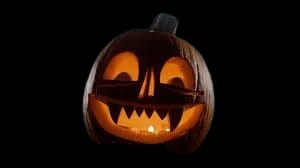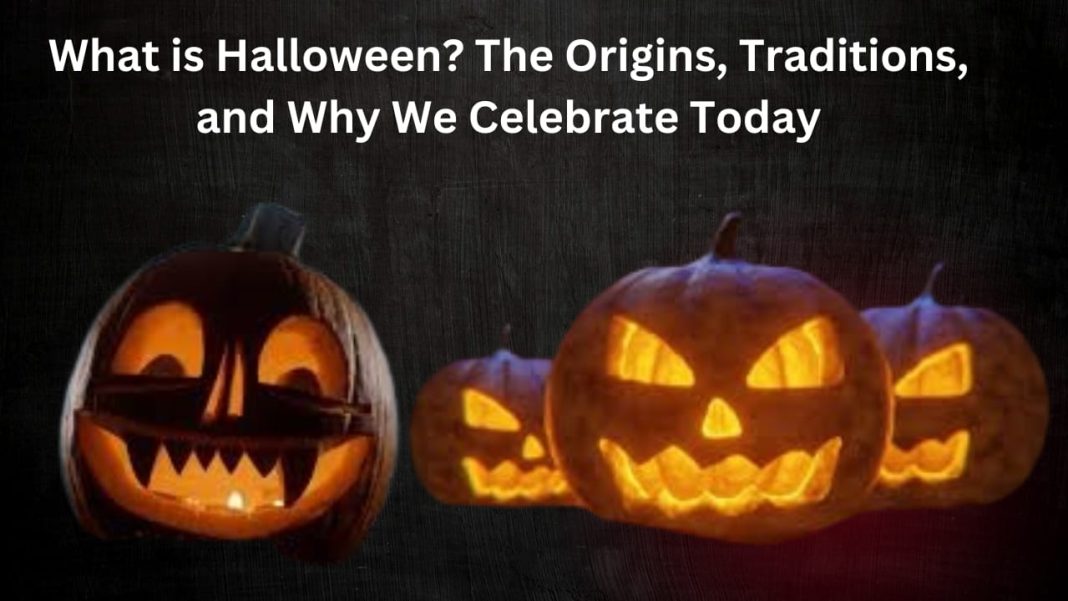Digital News Desk:
Halloween: What Is It and Why Is Halloween Celebrated?
Halloween, observed annually on October 31, is a holiday deeply rooted in history and tradition. What began as a somber and spiritually significant festival has evolved into a worldwide celebration, marked by costumes, candy, parties, and spooky decorations. But where did Halloween come from, and why do people celebrate it today?
The Origins of Halloween
The origins of Halloween date back over 2,000 years to the ancient Celtic festival of Samhain (pronounced “sow-in”), a Gaelic word meaning “summer’s end.” The Celts, who lived in areas that are now Ireland, the United Kingdom, and northern France, celebrated Samhain on the evening of October 31, marking the end of the harvest season and the onset of winter—a time associated with death and darkness.
According to Celtic beliefs, the boundary between the living and the dead became blurred on this night, allowing spirits of the deceased to return to earth. These wandering spirits were thought to cause trouble, damage crops, and play tricks on people, but they also made it easier for Druids (Celtic priests) to make predictions about the future. To appease the spirits, Celts would build large bonfires, offer animal sacrifices, and wear costumes—usually made of animal heads and skins—to ward off any ghosts or evil entities.
As Christianity spread across the Celtic lands, the pagan holiday of Samhain began to merge with Christian traditions. By the 9th century, the Church had established November 1 as All Saints’ Day, a day to honor saints and martyrs, which was also called All Hallows’ Day. The night before it—October 31—was thus referred to as All Hallows’ Eve, which eventually became Halloween.
Halloween’s Evolution: From Pagan Rituals to Modern Festivities
As time passed, Halloween evolved and became a more secular, community-centered celebration. Many of the original Celtic traditions morphed into lighter, more playful customs. The practice of wearing costumes, for example, continued but became more whimsical than spiritual, with people dressing up as ghosts, witches, and ghouls.
In medieval England, a tradition known as “souling” began, where poor people would go door-to-door offering prayers for the dead in exchange for food. This practice bears some resemblance to modern trick-or-treating. By the late 19th century, Halloween started gaining popularity in the United States, thanks to Irish and Scottish immigrants who brought their traditions with them.
In the 20th century, Halloween became widely commercialized, particularly in the United States. Stores began selling premade costumes, candy, and decorations, making Halloween a billion-dollar industry. The introduction of mass-produced candy in the 1920s and 1930s, followed by the rise of trick-or-treating in the post-World War II era, solidified Halloween as a children’s holiday as much as it was a night for adults to enjoy spooky parties and haunted houses.

Why Is Halloween Celebrated?
Today, Halloween is celebrated for different reasons depending on cultural and personal beliefs. For many, it is simply a fun holiday to dress up, carve pumpkins, and enjoy a bit of harmless mischief. But the meaning behind Halloween still reflects the blend of historical traditions, spirituality, and modern-day celebration.
- Commemorating the Past
At its core, Halloween is still about acknowledging the relationship between life and death. For many, especially those with spiritual or pagan beliefs, Halloween is a time to honor the dead, remember ancestors, and acknowledge the natural cycle of life and death. In some cultures, this period overlaps with other festivals such as Mexico’s Día de los Muertos (Day of the Dead), where families build altars to honor their deceased loved ones.
- Embracing Fear and Fantasy
Halloween has become synonymous with all things spooky. Whether it’s watching horror movies, decorating homes with skeletons and cobwebs, or visiting haunted attractions, Halloween taps into humanity’s fascination with fear and the unknown. Psychologically, many people enjoy Halloween because it provides a safe way to confront their fears and explore the supernatural in a controlled, entertaining environment.
Costumes play a huge part in this aspect of Halloween. Wearing a disguise offers a form of escape from the mundane and allows people to explore different identities. Whether it’s a scary character or a favorite pop culture figure, dressing up allows for self-expression and creativity.
- Building Community and Tradition
Halloween has become a time for communities to come together. Trick-or-treating, block parties, and local events offer opportunities for neighbors to connect and celebrate. In schools, children often participate in Halloween parades, costume contests, and craft activities, while adults enjoy themed parties, horror movie marathons, and pumpkin-carving competitions. These shared traditions foster a sense of belonging and continuity across generations.
- Commercial Celebration
For many, Halloween is about the festivities—candy, decorations, and costumes. The commercial aspect of Halloween is undeniable, with the holiday generating billions of dollars in revenue annually. It’s a time when businesses thrive on selling spooky products, and people embrace the fun and fantasy of the season.
You May Also Read: Defence Boost: Rajnath Singh Launches Rs 3,200 Crore Naval Communication Hub in Telangana








